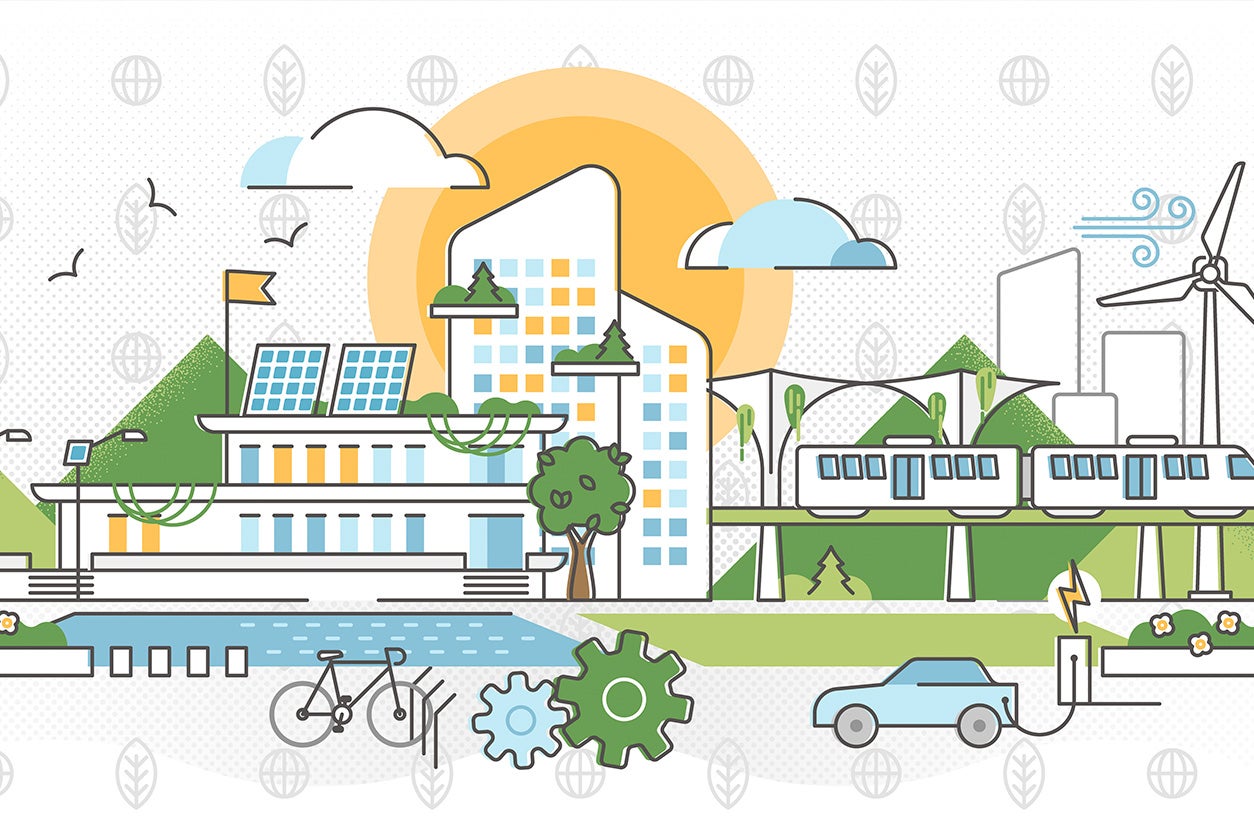Infrastructure is the main driver of human development, but it is also the main trigger for environmental and social impacts on the planet, such as those associated with the loss of biodiversity, the transformation of ecosystems and greenhouse gas emissions. Therefore, decisions regarding its design, construction and operation have incredible potential to create systemic change, not only generating clear economic development, but also promoting inclusive social progress and contributing to the environment.
Historically, infrastructure has been conceived under a conventional approach in which, in order to provide a specific technical solution to a particular problem, it must comply with a series of requirements and characteristics that favor economic efficiency and quality. Sustainable infrastructure, on the other hand, is much broader in its approach and seeks to guarantee economic, financial, social, institutional and environmental sustainability throughout the project’s life cycle. Additionally, the role played by nature-based solutions in the promotion of sustainable infrastructure is becoming increasingly relevant, as it allows for the design of resilient infrastructure and provides a response to the risks posed by natural disasters and climate change.
Under this holistic vision, sustainable infrastructure has gone a step further with the consideration of the regenerative approach that seeks to achieve a net positive economic, social and environmental impact based on the analysis of the local context. Regenerative sustainable infrastructure is capable of restoring the damage caused by human activity and achieving the recovery of the environment and the natural systems where it is integrated.
To apply this approach, it is necessary to ensure stakeholder engagement from the early stages of project design, including the participation of local communities where the intervention is being developed. In addition, the regenerative approach encourages multifunctionality, that is, maximizing the infrastructure’s potential to satisfy more than one need. This promotes the development of infrastructure projects that generate resilience, protect biodiversity, achieve inclusion in the benefits derived from the project and, in general, regenerate the damage we have caused.

The ESPF: a new opportunity to transcend conventional infrastructure
For several years, the IDB has been promoting investments in sustainable infrastructure and has been a leader in designing a framework to assess whether projects meet the attributes that determine their contribution to the different areas of sustainability considered, including the regenerative approach. Now, given the opportunity to include the IDB’s new Environmental and Social Policy Framework (ESPF) in the public agenda, we can further promote the need to finance projects that go beyond conventional infrastructure in the region.
At the IDB we believe that proper socioenvironmental management of the projects we finance is an essential part of our contribution to more inclusive and prosperous regional development. For this reason, we are committed to facilitating sustainability beyond the mitigation of adverse risks and impacts, and to maximizing the benefits of sustainable development, in accordance with the principle of “doing good beyond simply doing no harm”.
The ESPF incorporates an exclusion list that contains specific activities that the IDB will not finance mainly because they are incompatible with our commitment to address climate change and promote environmental and social sustainability. In addition to this, the IDB not only accompanies borrowers in defining how damages will be avoided, but also in considering the ways in which project design will contribute to social and environmental benefits.
When we identify in the environmental and social assessment of a project these possible opportunities for improvement, it is necessary to include them not only in the project itself but also in the country strategies, in order to strengthen the domestic environmental and social governance systems. If appropriate, these opportunities can be used to further promote sustainability in development.
Key to this is our systematic approach to stakeholder engagement, which helps the borrower identify all relevant stakeholders, especially project-affected people, and establish and maintain a constructive relationship with them, which helps design and build a better project for the benefit of all. This also facilitates assessing the level of interest of the different parties in the project, consolidating their support and incorporating their points of view into the infrastructure’s design and environmental and social performance.
The climate emergency we are facing has exposed the vulnerability of the current economic system. To face the great challenges of Latin America and the Caribbean, we require a drastic change in our infrastructure to go beyond the conventional approach of ”doing no harm” and move to sustainable or regenerative infrastructure, promoting nature-based solutions and positive interaction between infrastructure and its environment, compatible with both economic and social development and with the planet.


Leave a Reply